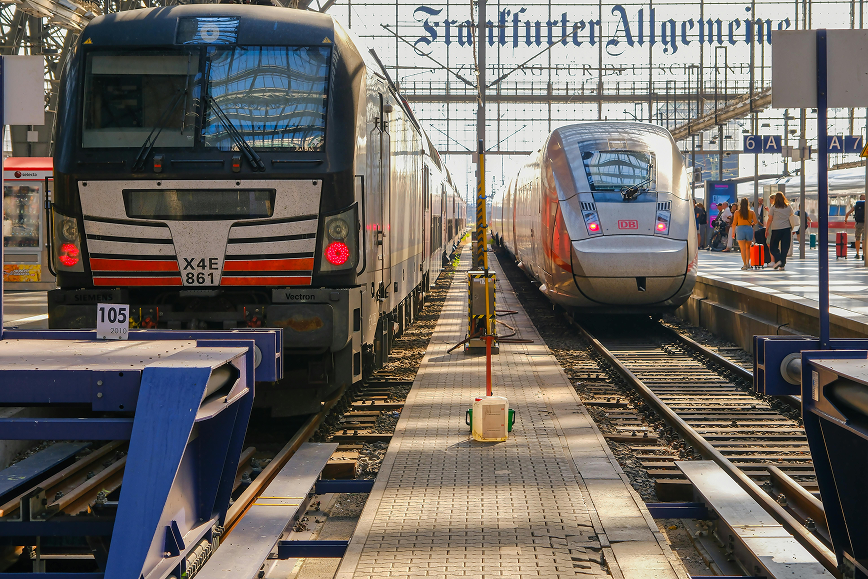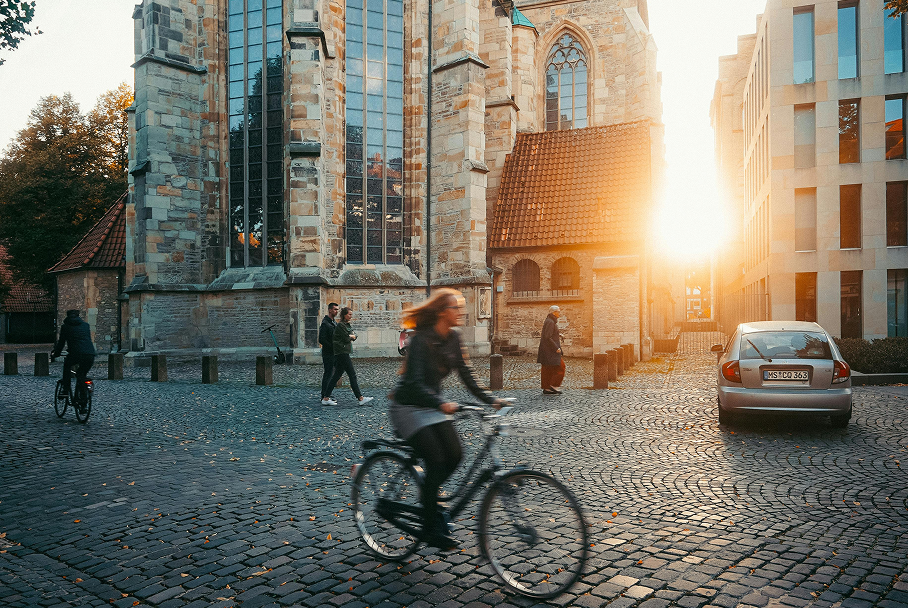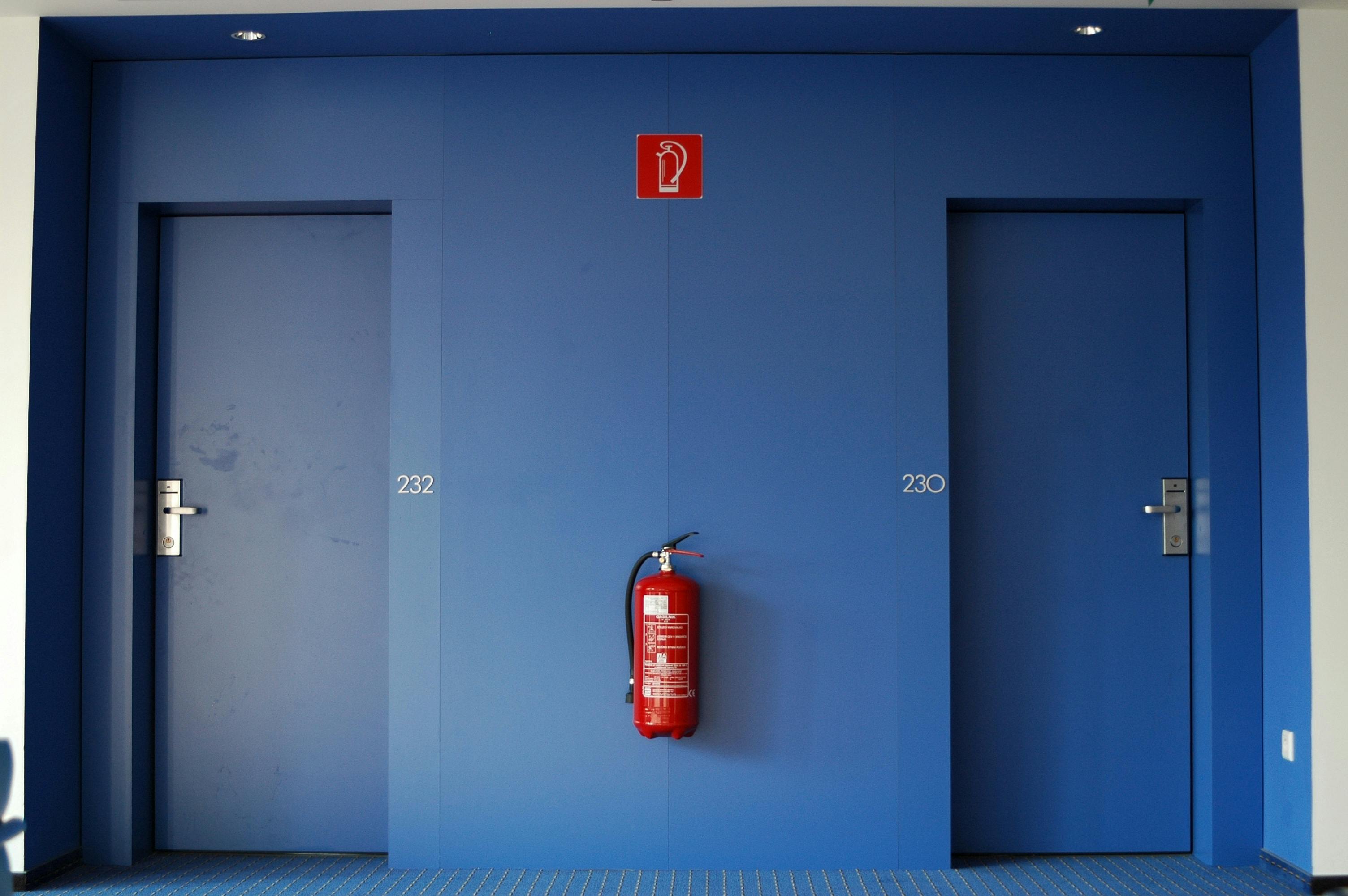Index
Receive our newsletter
Madrid is one of the largest and most important cities in Spain. As the capital, it is a city worth visiting if you travel to the country. However, with so many leisure and transportation options, it can be complicated, especially if it is your first time in the city. If you want to enjoy your stay in Madrid, we share with you a list of places to visit as well as general information on how to make the most of your stay at the capital of Spain.
How to get to Madrid?
Madrid is one of the best-connected cities in Europe and the main gateway to Spain. It is home to Adolfo Suárez Madrid-Barajas Airport, considered one of the best and most modern in Europe, offering connections to national and international destinations all over the world.
In addition, Madrid has two major railway stations: Atocha and Chamartín, both located in the city center, which provide fast and convenient connections to the rest of the country through an extensive network of high-speed trains (AVE) as well as medium- and long-distance services.
If you arrive by plane, getting to the city center from the airport is very straightforward using public transport: buses, the metro, or commuter trains, choosing the option that best suits your destination within Madrid. Taxis, Uber, Cabify, and other ride-hailing services are also available.

Bus: you can take the bus called “Airport Express Bus”, which connects with the Atocha train station and Plaza Cibeles. This bus runs all day long and runs every 15-20 minutes during the day and every 35 minutes at night. A single ticket will cost you around 5€ and you will have plenty of space for your luggage. Remember to check more information on the Madrid EMT website.

Metro: you can also choose to take the metro to the airport, which is located in Terminal 1. You will have to get on line 8, which goes from Nuevos Ministerios to the airport. When you come from the airport, you will have an extra charge, so it may be a bit more expensive if you don't have a public transportation card. Be sure to check the timetables on the Metro de Madrid website.

Cercanías: you can also take the Cercanías train from Terminal 4 (C1). This will take you to Príncipe Pío station, in the center of the city. Together with the metro, it is the fastest and most recommended option. You have more information on the website of Cercanías Renfe.

Taxi or VTC: taking a taxi is the fastest option to get from the airport to the center of Madrid. It has a fixed cost of €30 at any time of the day to take you to any point within the M30 of Madrid. You can also find VTCs like Uber or Cabify for about €20 per trip.
Living in Madrid
What is the cost of living in Madrid?
To live in Madrid you will need approximately 900€ to cover accommodation, living expenses and related costs. Keep in mind that Madrid offers many possibilities for leisure and cultural activities. Depending on your social activity, your expenses will be higher or lower, but as a young person or student you will have many discounts.
What are the best neighborhoods to stay in Madrid?
Madrid is a city made up of neighborhoods full of history, culture, and life, and each of the different Madrid areas offers a very unique experience. With Lodgerin, you can find accommodation abroad in some of the most recommended neighborhoods.
How to move around Madrid?
Although in the city of Madrid it is easy to reach many places on foot, you can also make use of its extensive public transport service.

Metro: Madrid has 12 metro lines and more than 300 stations operating from 6am to 1:30am.

Bus: another transportation option is the bus, which operates both within the city of Madrid and in nearby municipalities. In addition, there are night bus lines, commonly known as 'búho', which make it possible to travel by bus at any time.

Cercanías train: to get around the areas farther from the city center, there is a Cercanías train service. These trains connect the outskirts with the city center and operate from 5am to 00:00.
To start moving around Madrid, you can get a transport pass card for 20€ per month (for people under 26 years old). This card allows you to use any of the mentioned means of transport and move around the Community of Madrid. Here you can check all the information to get your transport pass.
If you do not plan to use public transport much or someone from outside Madrid is coming to see you, you can buy for 2€ a bono card in which you can load trips, and reuse as many times as you need.
Finally, there are several applications that you can use to move around Madrid: Google Maps, Moovit, Citymapper. These three offer you navigation with interchange, that is, starting your trip by metro and continuing by bus Don't forget to check them out!
What are the best universities in Madrid?
Spain is the European country that receives the most Erasmus students throughout the year, and Madrid is the Spanish city with the most university campuses. In total, it has 80 universities, including public and private centers.
Some of the university campuses are located in the city center, as is the case of the Complutense University of Madrid, or the Pontifical University of Comillas. In other cases, they are located in other areas further away from the city center, such as Getafe, Pozuelo de Alarcón or Leganés. Even so, you have nothing to worry about because, whichever university you choose, you can get there by public transport.T
Here are some of the most important universities:

Universidad Complutense
It is one of the largest universities in Europe and has two campuses, in the Moncloa neighborhood and in Somosaguas.

Universidad Carlos III
Among the best young universities in the world and has four campuses. Three of them outside Madrid and one in the city center.

Universidad Pontificia de Comillas
It is one of the most renowned universities in Spain, run by the Compañía de Jesus.

ESIC
It is a business school that offers everything from undergraduate and graduate degrees to master's degrees.

Universidad Francisco de Vitoria
It is a prestigious, catholic, private university located in Pozuelo de Alarcón.
Tourism in Madrid
What are the best parks and gardens in Madrid?
To go for a walk, exercise, or enjoy Madrid’s climate, the most famous park is El Retiro Park. This green lung of the city features a lake, sports areas, cafés and even exhibitions.
However, Madrid has many other outdoor spaces, such as Parque del Oeste, Casa de Campo, Madrid Río, or the iconic Plaza de España, a recently renovated spot that combines green areas, pedestrian zones, and an ideal atmosphere for relaxing or strolling. All of them are located very close to the city center.
What monuments and historical sites does Madrid have?
Madrid is a city famous for the richness of its architecture and in it we can find monuments of totally different styles. Even to this day, Madrid's style is constantly changing. But, despite its continuous transformation, there are certain monuments that are undoubtedly icons of the city and that you have to visit:

El Oso y el Madroño
This typichal statue located in the Puerta del Sol in Madrid is an icon of the city that you can not miss.

La Puerta de Alcalá
It is one of the most emblematic monuments of the capital and even has its own song. It is one of the gates that formerly gave access to the city and is located in the center, in the Plaza de la Independencia.

El Palacio Real
For many years, it was the residence of the kings of Spain, although, at present, they reside in the Zarzuela Palace. It is located at the back of the Plaza de Oriente and is the largest palace in Western Europe.

Fuente de Cibeles
The fountain of the goddess Cibeles has become internationalized thanks to Real Madrid's soccer celebrations and is located in a privileged location. In the square to which it gives its name, you can find four other emblematic buildings of the capital: the Buenavista Palace, the Bank of Spain, the Linares Palace and the Palace of Communications.

Las Cuatro Torres
These four towers are the four tallest skyscrapers in the country and in recent years have become one of the most emblematic places in Madrid. To reach them you must get off at the Begoña metro station (line 10). In the area you can find viewpoints to sit and enjoy the views, as well as a very nice walk with water fountains and lights.
What museums are there in Madrid?
Visiting museums is one of the best ways to get to know Madrid and its culture. The city has its famous Art Triangle, formed by the Prado Museum, the Thyssen - Bornemisza and the Reina Sofia. These three museums are within walking distance of each other.
However, Madrid offers many other museums to visit that will surely delight and surprise you. From open air museums, such as the famous Templo de Debod, to the most fun ones, such as the Wax Museum, where you will find some of the most famous personalities.
Leisure in Madrid
What is the nightlife like in Madrid?
Madrid is a city where nightlife exists every day of the week. In addition, you can extend the party until you end up having some good churros with chocolate for breakfast. Here are some examples:

Teatro Barceló
Located in the heart of Madrid, Teatro Barceló is a renowned nightclub housed in a historic theater. It features multiple dance floors, VIP areas, and hosts a variety of music genres, from electronic and pop to hip-hop. It's a popular spot for both locals and tourists looking for an upscale nightlife experience.

Florida Park
In the heart of the Retiro Park, Florida Park is nightclub, restaurant and event space. It offers a unique blend of live music, DJ performances, and spectacular shows in a glamorous setting.

Kapital
In the Barrio de las Letras, in the Art Triangle of Madrid, you will find the Kapital Theater. In its 7 floors, different styles coexist and will not leave you indifferent. It is the party temple par excellence of Madrid.
Where to go shopping in Madrid?
Madrid has dozens of shopping areas throughout the city. Undoubtedly, the busiest is Gran Vía and Plaza de Callao, where you can find stores of the most common and well-known brands. If you want to shop in more exclusive stores, Serrano street, in the heart of the Salamanca district, is a perfect choice and one of the most renowned shopping district Madrid has to offer.
In addition, Madrid also has dozens of shopping malls, both within the city and on the outskirts. If you prefer the convenience of shopping in a shopping center within the city, the closest to the center are the Príncipe Pío shopping center and the Plaza Río shopping center. If you want something more exclusive, you can go to Las Rozas Village.


.jpg)

.jpg)
.jpg)
.jpg)
%20(1).jpg)
%20(1).jpg)

























.JPG)



